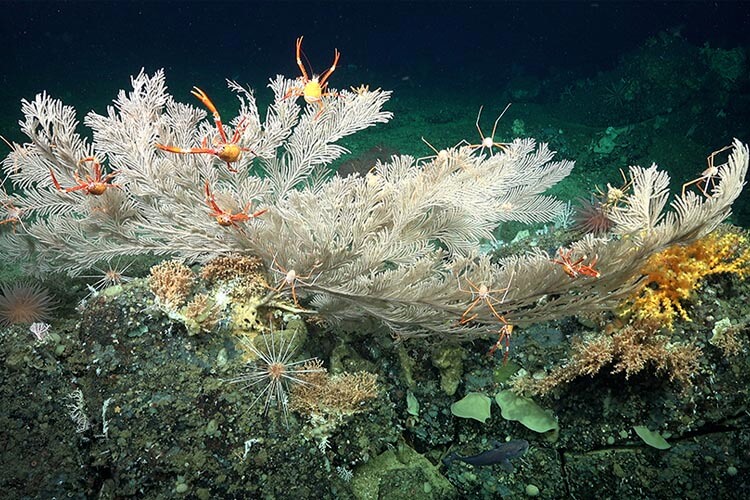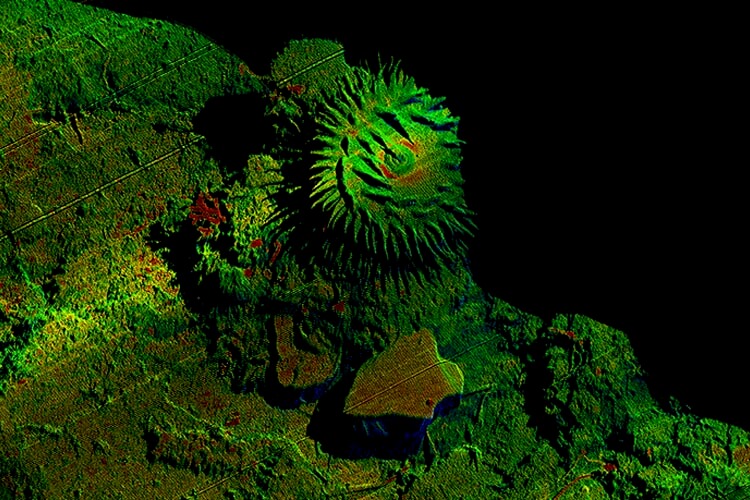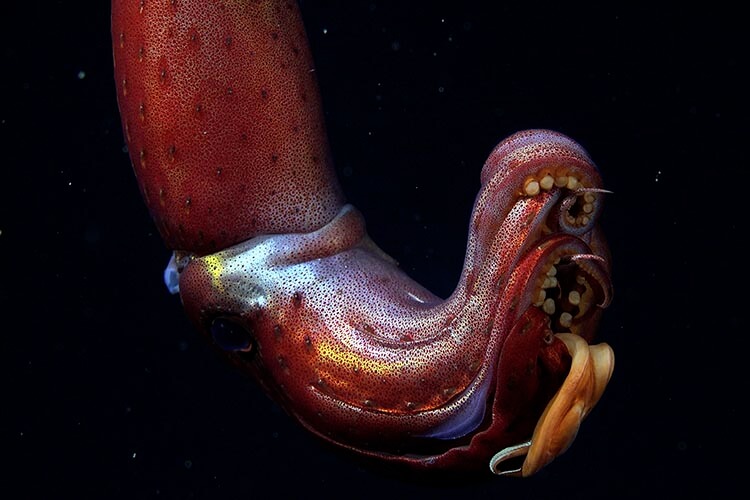
Scientists create detailed high-resolution maps of newly discovered deep coral reefs in the Galápagos marine reserve
Scientists from the Schmidt Ocean Institute have announced the discovery of two new pristine cold-water reefs and two previously uncharted seamounts in the waters of the Galápagos Islands.
The new discoveries were made during an expedition over September and October 2023 on board the research vessel Falkor (too), using its 4,500m-capable ROV SuBastian.
Led by Dr Katleen Robert of the Fisheries and Marine Institute of the Memorial University of Newfoundland and Labrador, and including 24 scientists from 13 different research institutions, the team also explored parts of Costa Rica’s Cocos Island National Park.
Related articles

The newly discovered Galápagos deep reefs are located between depths ranging from 370 to 420 meters; the larger of the two is more than 800m in length, while the second, smaller reef is around 250m. According to the Schmidt researchers, both contain ‘a rich diversity of stony coral species, suggesting that they have likely been forming and supporting marine biodiversity for thousands of years.’
The latest findings follow the discovery of the first deep coral reefs to be documented in Galápagos Marine Reserve by scientists from the Woods Hole Oceanographic Institution in April 2023.
The Schmidt Institute’s expedition utilised high-resolution laser scanning technology to create maps of the reefs so detailed that they are capable of displaying individual animals that inhabit the reef, rather than just the basic topography. The same technology was used to create high-resolution maps of the previously uncharted seamounts.


‘This information is not only valuable from a scientific perspective, but it also provides a solid foundation for decision-making that effectively protects these ecosystems, safeguarding the biological diversity they harbour and ensuring their resilience in a constantly changing environment,’ stated Danny Rueda Córdova, director of the Galápagos National Park Directorate.
‘The geological dynamics of the region play a fundamental role in the deep-sea ecosystems. Research and mapping are essential tools to ensure that the Galápagos continue to be an iconic example of the beauty and importance of nature.’
It is hoped that the newly discovered insights into coral biodiversity in the Galápagos, coupled with new observations of seamounts to the southwest of Cocos Island, will help to establish links between the coral reefs of the two regions.

Understanding how the interaction between Galápagos and Cocos marine parks affects regional biodiversity will help authorities with the planning and management of the Eastern Tropical Pacific Marine Corridor, a network of interconnected marine reserves spanning Ecuador, Costa Rica, Panama, and Colombia.
‘We are thrilled our mapping data are able to improve our understanding of reef ecosystems in the Galápagos,’ said expedition leader, Dr Katleen Robert. ‘The interdisciplinary science team is excited that the data collected during this expedition will contribute to growing knowledge on the Galápagos National Marine Reserve and contribute to the management of the Eastern Tropical Pacific Marine Corridor.’
- Suunto launches new Nautic & Nautic S dive computers - 18 November 2025
- Generations Below – a father-son team working to build a global underwater treasure hunt - 11 November 2025
- Eyewitness speaks out about Dylan Harrison’s death - 11 November 2025


